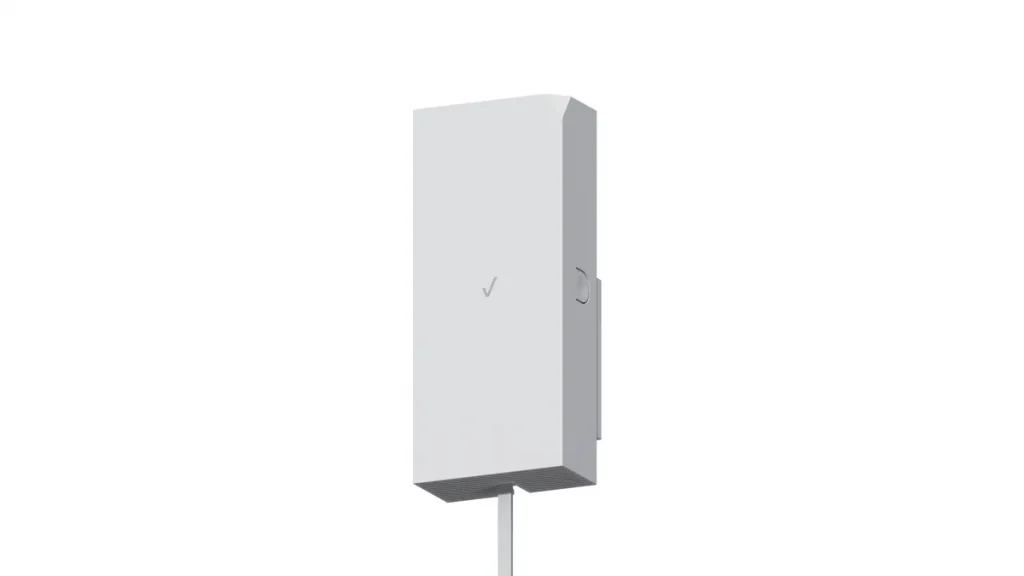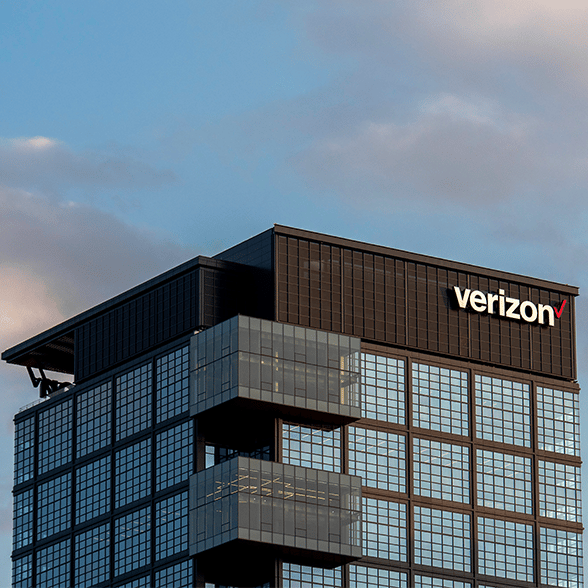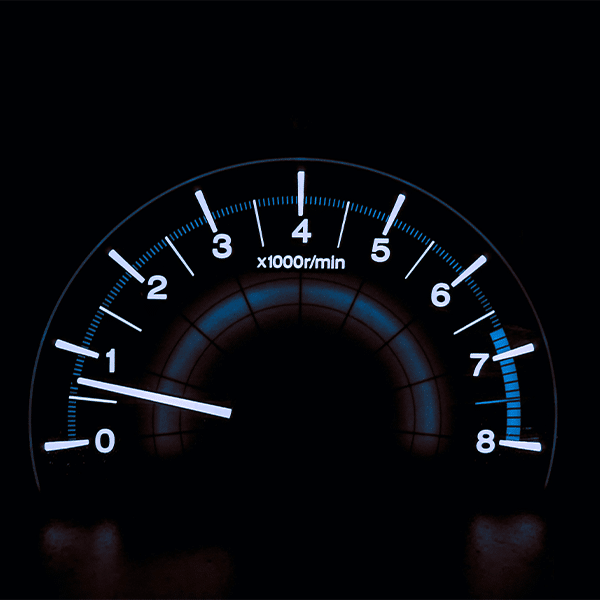A new Verizon price guarantee promotion will surely add to the intensity of the competitive landscape for home internet service. The company introduced a 10 year price guarantee for its 5G Home, Fios and LTE Home Internet products.
Both LTE Home Internet and 5G Home are fixed wireless services. But Verizon is also including Fios FTTH service with this 10 year price guarantee promotion.
Both Verizon and T-Mobile have been targeting cable competitor customers with a less expensive fixed wireless home internet product with great success. The plans generally start at $50/month for service that ranges from 50 Mbps to 100 Mbps. The price can go lower if customers bundle mobile.
New fixed wireless home internet customers now grab the lion’s share of broadband net adds among large national providers. Combined, Verizon and T-Mobile have over 2.5 million FWA customers (as of 3Q22). Verizon added 234K FWA subscribers in 3Q22 alone.
“No one likes when bills go up unexpectedly after a promotional period, so we’re solving that by offering a guaranteed price for home internet for 10 years,” said Matt Coakley, vice president of Marketing Strategy and Segment Planning at Verizon in a press release.
Cable companies have been taking it on the chin, but they’re not sitting idly by either. Charter for example just launched a bundle of home internet and a mobile line for just $50/month. Comcast just launched an ad campaign that squarely targets fixed wireless as an inferior product.
New Receiver
Verizon also announced a new wireless receiver for its fixed wireless services. The receiver works across all flavors of Verizon fixed wireless technology, including 5G Ultra Wideband mmWave, C-Band and 4G LTE.

“We are moving toward a world where everyone and everything can be intelligently connected, fueled by the expansion of 5G,” said Brian Higgins, senior vice president of Device Marketing and Consumer Product at Verizon. “With the launch of the Verizon Receiver we’re revolutionizing home internet through 5G.”
Verizon reports the receiver can seamlessly switch between signals, using the one that provides the best performance and coverage. The company also says the new technology doubles upload speed capacity.



